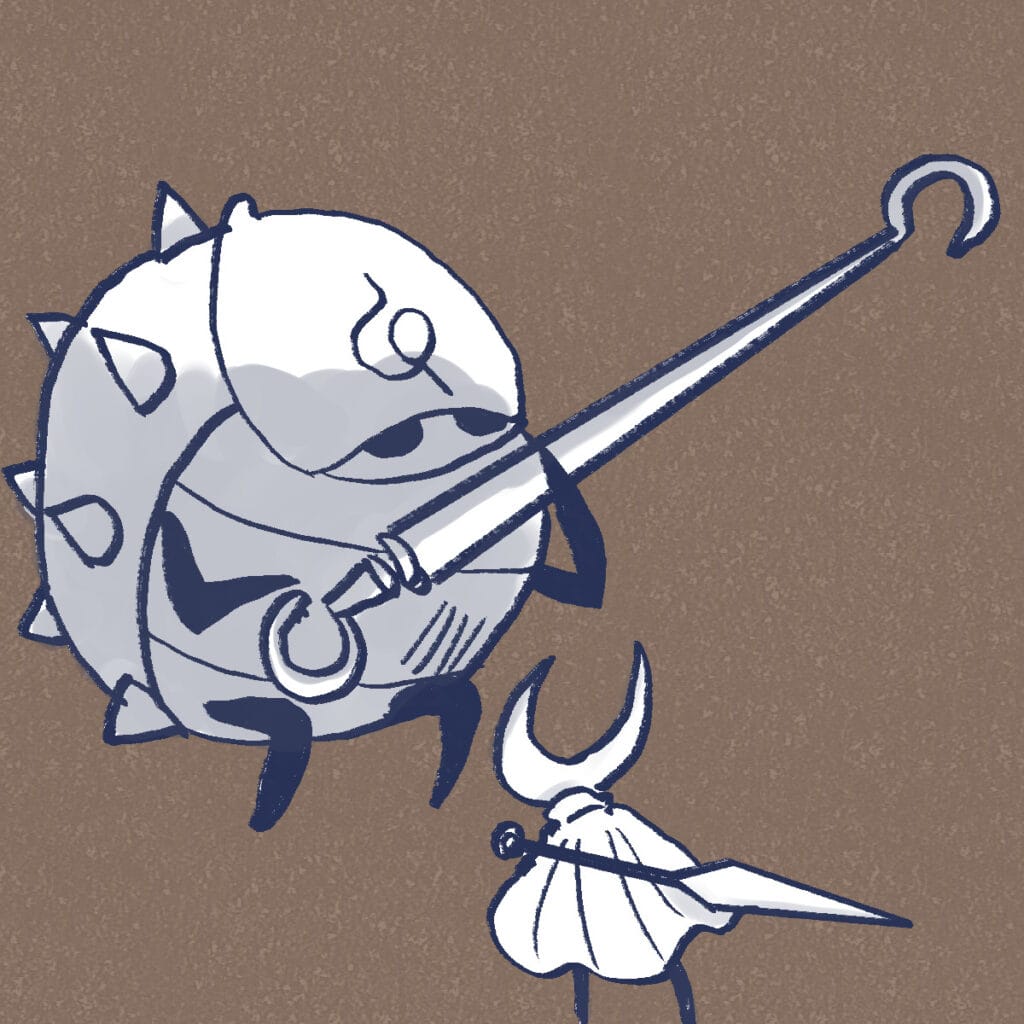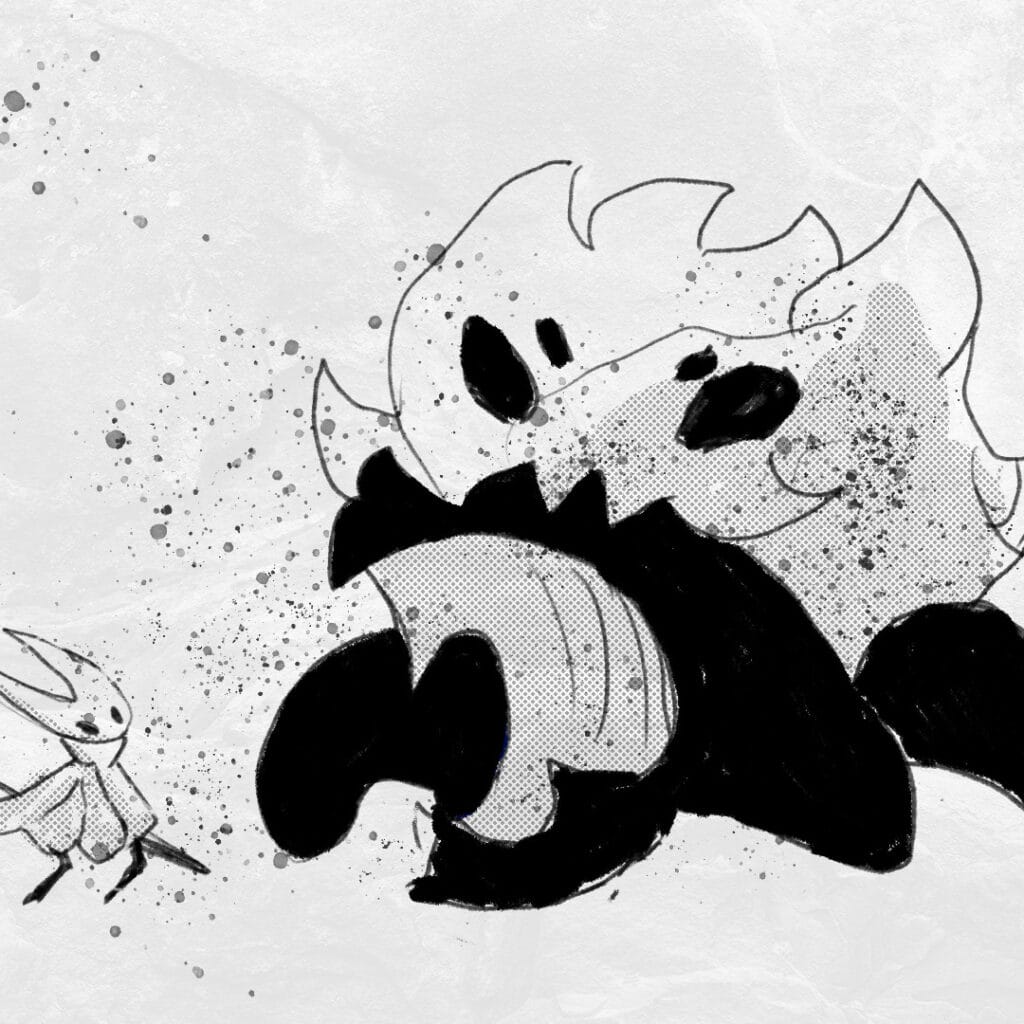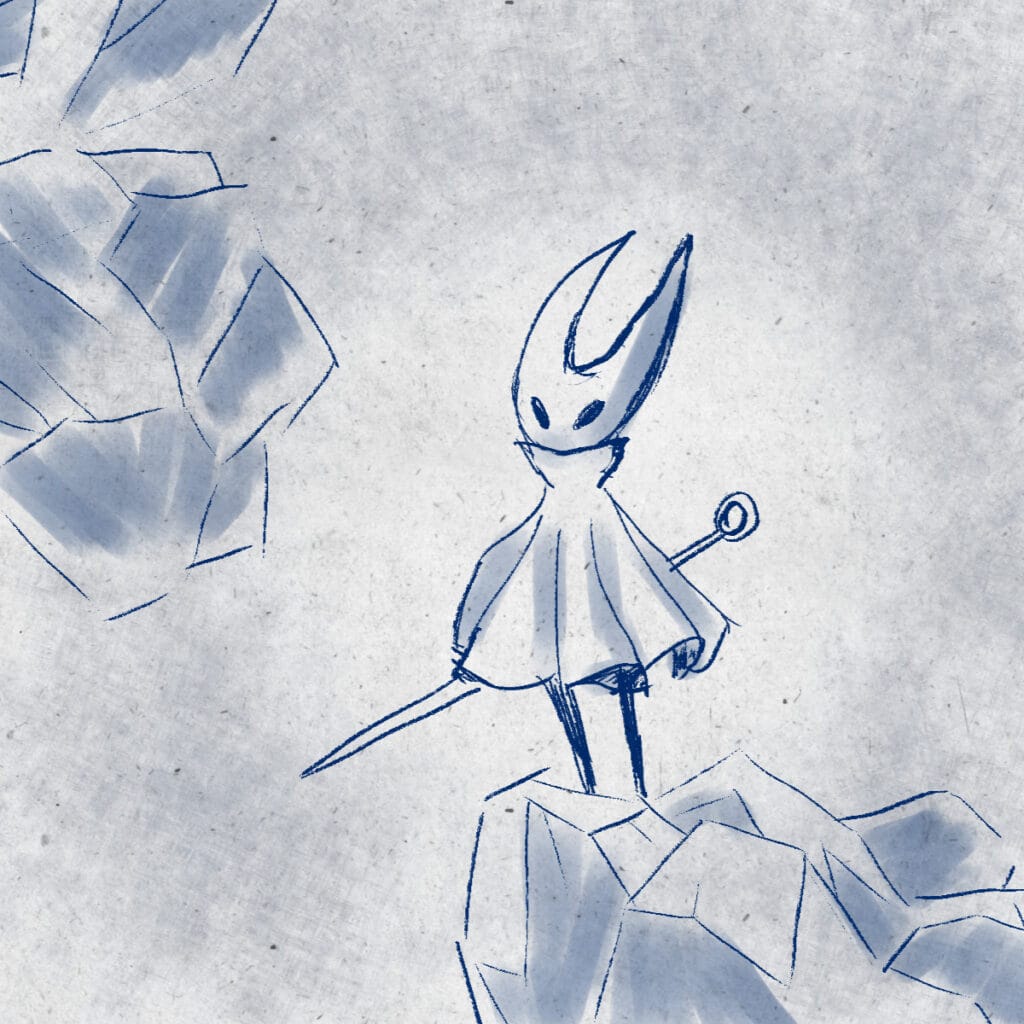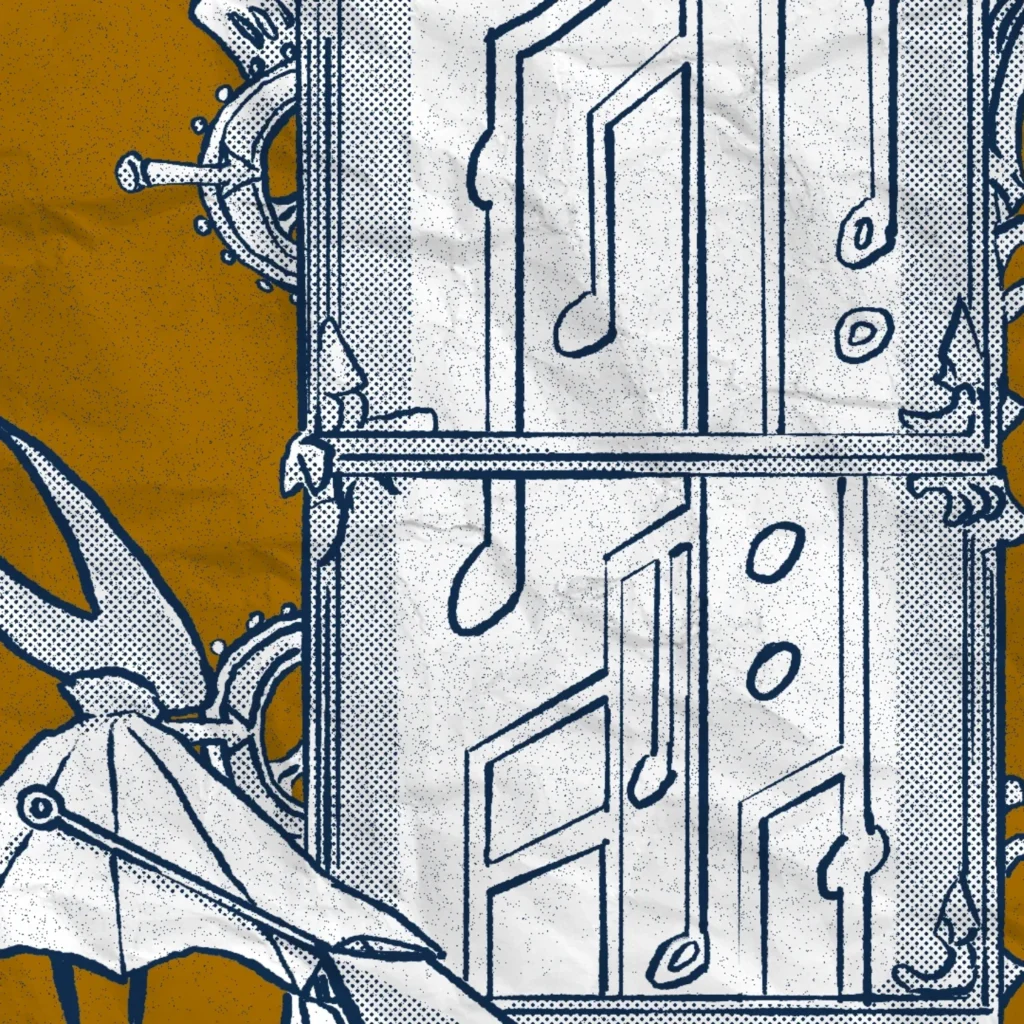
Probably my last show before the year ends, new venue, last minute fill (lol), trying out a new song. Drop by for cool tunes and cooler beer.
Google Maps | Instagram | 8 December | 8 PM

Probably my last show before the year ends, new venue, last minute fill (lol), trying out a new song. Drop by for cool tunes and cooler beer.
Google Maps | Instagram | 8 December | 8 PM
I took part in my fifth Inktober this year, coincidentally two years after my last one (2023). And the one before (2021)…and the one before (2019)…and my first one (2017).
This time, I felt that I learnt some things, so I wanted to write about them. You know how I love sharing life lessons.

Firstly, there’s a reason why I don’t talk much about drawing. I’m not a great artist who is qualified to teach (there are a billion artists out there who can do that better than I ever will).
Many people claim they’re bad at art even though they aren’t. I actually am bad at art. Objectively, my art sucks. Composition, technique, execution, colors, anatomy, proportions, creativity: everything! Fortunately, I don’t rely on drawing to make a living.
I think my writing sucks as well, but I’m competent enough to make a living off it. Anyway, we can talk about sucking another day.
To start off, I wasn’t even planning on participating in Inktober this year. It wasn’t until a few people mentioned it in passing that I thought, “why not?”
I love drawing anyway, so it didn’t take much convincing. Art is fun.
It was also a good excuse to draw more and hopefully learn something new in the process. So, for the month of October, I drew a picture almost every day. Here’s what I learnt.

Most people know this, but rust is real. When I started, I was rusty. I hadn’t drawn in months, and you can tell by how shit my pieces were.
As the days went by and I drew more, I got into the flow again and churned out some decent (for my standards) work. Same thing happens when I don’t play a game or touch the guitar for a while, coming back is always a struggle.
Which is why if you want to improve at something, showing up every day, even for a short while, is more beneficial than being inconsistent.

If you can’t make a drawing in a single layer, use another layer. If that isn’t enough, use another one! Sure, it gets tedious, but if you aren’t good enough (like me) to make a nice drawing in one go, take advantage of your tools.
Previously, I avoided working with many layers because it was time-consuming. My mindset was “oh, it’s just Inktober, nothing serious, I shouldn’t spend so much time on it. My drawings are shitty anyway,” and I churned out shitty drawings.
This year, about five days in, I decided to use layers properly. I went as messy as I wanted with my initial sketch, lowered the opacity, and traced over with clean strokes. What a world of difference it made.
It was slow at first, but as I kept using this technique, I found the process much faster than trying to undo all my mistakes on a single layer.

Forcing myself to do a 31-day challenge while I had a busy schedule (I was even away on holiday for one of the weekends) meant that I couldn’t spend all day on a single drawing. I limited myself to an hour per piece, and this took a lot of weight off my shoulders.
You know how when you spend months on a project, you’re so scared of showing it to the world because “it’s incomplete, it’s not ready, it’s not perfect…what if they think it sucks? I spent so many months on a subpar piece of work? What a waste of time!”
It’s better to spend less time on something that sucks, than to toil away for months on something that sucks as well. If your work sucks, you want to know as soon as possible. Then fix it, change it up, or carry those lessons over to your next piece.

Drawing daily was good for me. My strokes became more confident, I was surer of what I wanted to do and I had a better idea of what my completed piece should be.
Like playing guitar, if you don’t make a conscious effort to improve a particular technique, you won’t get better at it. There’s a million things to think about when you want to improve at something. Identify what they are and lock in.

A lot of people say references aren’t a crutch and I agree. As long as you’re not tracing and pretending you drew something and you learn from drawing it.
I used references almost every day. Believe it or not, even with characters as simple as those in the world of Hollow Knight, I didn’t know how to draw them before. By the end of Inktober, I could draw Hornet without looking at a picture of her.
So yeah, if you can’t draw something, or you don’t know how something looks from a certain angle or pose, use references. They exist to help!

I was using Clip Studio Paint for most of this project and I wasn’t familiar with a lot of the hotkeys. It was a process of learning and tweaking. I memorized new hotkeys and set hotkeys for tools such as custom brushes and flipping the canvas horizontally.
Having hotkeys made a world of difference. Instead of wasting time clicking everything manually, hotkeys made accessing those tools simple and convenient. This meant I could use them more quickly and frequently, improving my drawing experience and helping me create better artwork.

This Inktober, I tried out many techniques and styles that I had never done before. Stepping out of my comfort zone and changing the way I made art enabled me to see what I was lacking and what I could do to improve.
I tried to do something new almost every day. A new coloring style, a new tool, a new texture. It kept things fresh and taught me what I liked (and didn’t). Sometimes I discovered things by accident, but that was part of the fun.

My Inktober pieces weren’t amazing, but it makes me happy knowing I finished another year and made some of my favorite drawings yet (I’ll still tell you they suck).
Maybe you learned something from this, maybe not. Either way, if you’re on your own art journey, take this as your sign to keep drawing.
As for me, time to finish Silksong.
SHAW